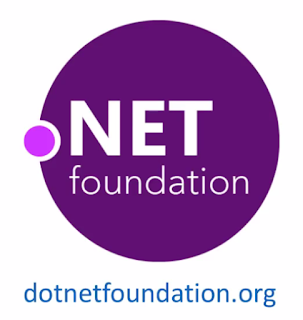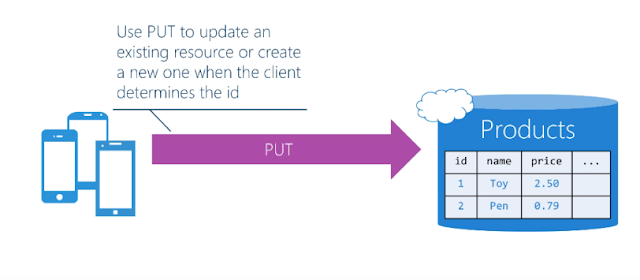Xamarin has several
cross-platform libraries available for you to use that we have unified API for accessing platform specific
features from iOS Windows Phone and Android .These are all open source and
available through github which you can then use or modify however you like.
There are several components that
xamarin supports. The first is Xamarin social which provides some social
networking capabilities to your application it has support for example for
posting to Facebook and Twitter.
We also have Xamarin.Auth which
is used for OAuth. It’s support is to securely connect to web services. And
then we have the Xamarin.Mobile component which has location camera and photo
access .
As an example here we have some
code to take a picture using Xamarin.Mobile this code works on iOS Android and
Windows apps .The media picker that you see here provides access to the photo
as a file or as a streams . So then you can load it into whatever the platform
specific representation of an image might be. Now you could of course write
this code using platform-specific api's but then you have to write a three
separate times.And in fact you might still choose to use the native API .If you
need some special capability that's unique to the platform but more often than
not you just want to take a photo.
Another area to look at is the
dotnet foundation this is an open source consortium of Microsoft. And Microsoft
partners that has a ton of open source dot
net code that you can use.
Another great place to look is a
github. Xamarin maintains a list of open source plugins github/xamarin/plugins .These have all been produced by different
authors and they're not officially supported by Xamarin. But each provides an
abstraction over some specific feature with implementations for each platform .
So you can access that feature from shared code. All of these are open source
and most of them can be used either in source form or as a binary which you can
add using nougat.
You likely have already used nougat if you've
done any Microsoft development but nougat is a package manager for .NET
development that supports downloading and installing both binary and source
elements in project. There's a large public repository at www.nuget.org which you can use to search for available components
by name or by functionality. You can also create your own private repositories
using a folder network share or even a web URL.
You can add remove and update
components directly from your IDE, it's supported in both visual studio and
Xamarin studio through the references note on the project.
It also supports auto package restore
automatically which means you don't need to include the nuget packages directly
in your source control . And Microsoft is moving towards this as their primary
vehicle of code updates and component distribution including frameworks such as
asp.net and Xamarin.Forms.
Another option for Xamarin
specific components is the Xamarin component store this is an older
distribution channel that was created before nugget .However there are still a
lot of great components here.
It's accessible through the
components folder in each of your projects. It supports a commercial pricing
model. And Xamarin manages this store so that every component is validated and
tested.
You can use either nugget or the component
store and often components are published in both. But generally if that's the
case you should prefer nugget as it's fully supported by both Microsoft and the
Xamarin tools.


































































